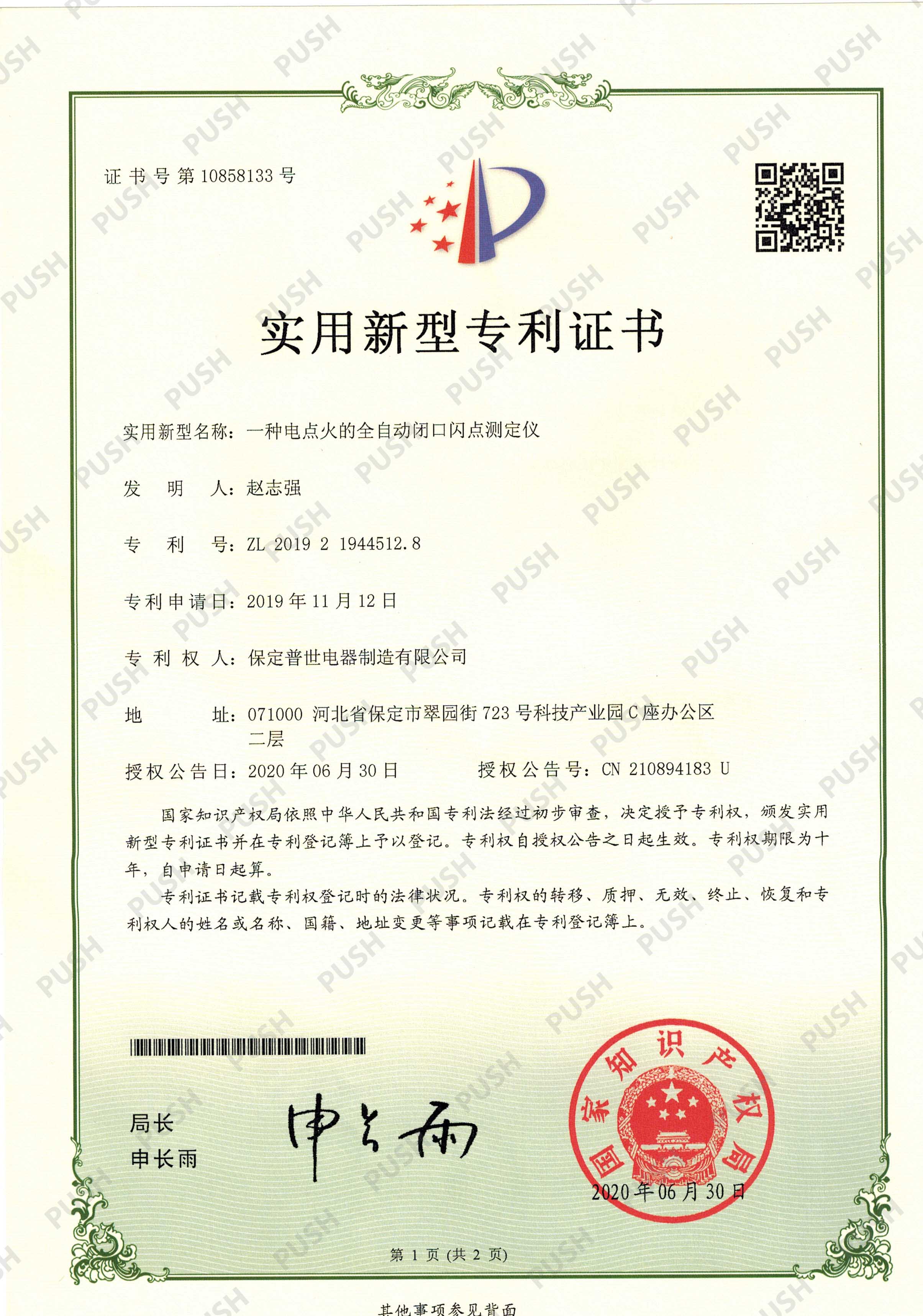 English
English


Understanding the Importance of Acidity Levels in Transformer Oil for Performance and Longevity
Understanding the Acidity of Transformer Oil
Transformer oil, often referred to as insulating oil, plays a crucial role in the operation and safety of transformers and other electrical equipment. Its primary functions are to insulate and cool electrical components, and its chemical properties significantly influence its performance. Among these properties, acidity is one of the most critical factors to monitor.
What is Acidity in Transformer Oil?
Acidity in transformer oil is generally measured by its Total Acid Number (TAN) or Total Acid Value (TAV), which indicates the amount of acidic compounds present in the oil. These acids can result from the degradation of the oil over time due to thermal aging, oxidation, and the presence of moisture. Monitoring the acidity of transformer oil is essential because even small amounts of acidity can lead to significant issues, such as corrosion of metal components, reduced dielectric strength, and impaired insulation properties.
Causes of Increased Acidity
There are several reasons why the acidity of transformer oil might increase
1. Oxidation Transformer oil can undergo oxidation when exposed to heat and oxygen over time. This process generates acidic byproducts that contribute to an increased TAN.
2. Moisture The presence of water in transformer oil can accelerate the oxidation process. Water facilitates the hydrolysis of the oil, leading to the formation of organic acids.
3. Temperature High operating temperatures can lead to accelerated chemical reactions within the oil, further increasing acidity levels.
4. Contamination The introduction of contaminants, including biological materials or particulate matter, can also contribute to the degradation of the oil and elevate its acidity.
Implications of High Acidity
acidity of transformer oil

1. Corrosion High acidity levels can lead to corrosion of transformer components such as windings and tank surfaces. The acidic compounds can attack the metal parts, leading to premature failure and costly repairs.
2. Reduced Dielectric Strength Acidity can lower the dielectric strength of the oil, increasing the risk of electrical breakdown. Transformers rely on the insulating properties of oil to prevent short circuits and other electrical failures.
3. Insulation Degradation The acidic byproducts can break down the insulation materials in transformers, reducing their effectiveness and lifespan.
4. Operational Safety Risks Increased acidity can lead to operational failures, which might pose safety risks. Transformers are often part of critical infrastructure, and any failure can have widespread implications.
Monitoring Acidity Levels
To prevent issues associated with high acidity, regular monitoring of transformer oil is essential. The following methods are commonly used
1. Sampling and Lab Analysis Regular oil sampling and laboratory analysis help determine the total acid number and other critical parameters.
2. On-Site Testing Kits Simple on-site testing kits are available for quick acidity tests, allowing operators to gain immediate insights into the condition of the oil.
3. Condition-Based Maintenance By integrating acidity level assessments into a condition-based maintenance program, operators can make informed decisions about when to replace or treat the oil.
Conclusion
Maintaining the quality of transformer oil is vital for the reliable and safe operation of transformers. Understanding the significance of acidity and the factors contributing to its increase can help in implementing effective monitoring and maintenance strategies. By proactively managing oil acidity, operators can extend the life of their transformers and ensure the uninterrupted delivery of electrical energy, ultimately supporting the integrity of the entire electrical grid.
-
Differences between open cup flash point tester and closed cup flash point testerNewsOct.31,2024
-
The Reliable Load Tap ChangerNewsOct.23,2024
-
The Essential Guide to Hipot TestersNewsOct.23,2024
-
The Digital Insulation TesterNewsOct.23,2024
-
The Best Earth Loop Impedance Tester for SaleNewsOct.23,2024
-
Tan Delta Tester--The Essential Tool for Electrical Insulation TestingNewsOct.23,2024





